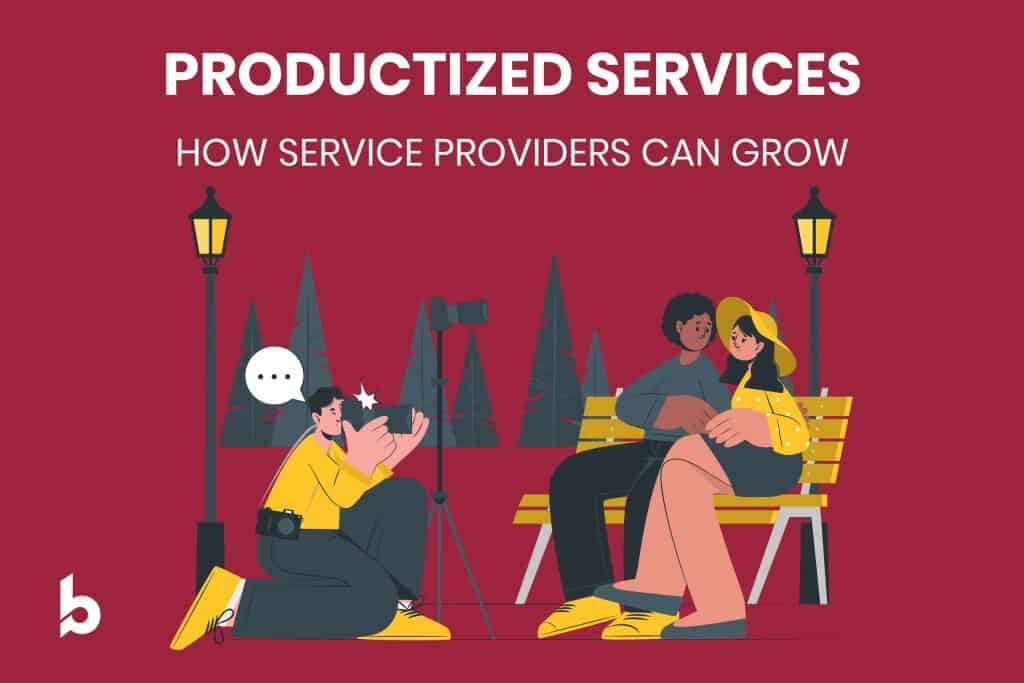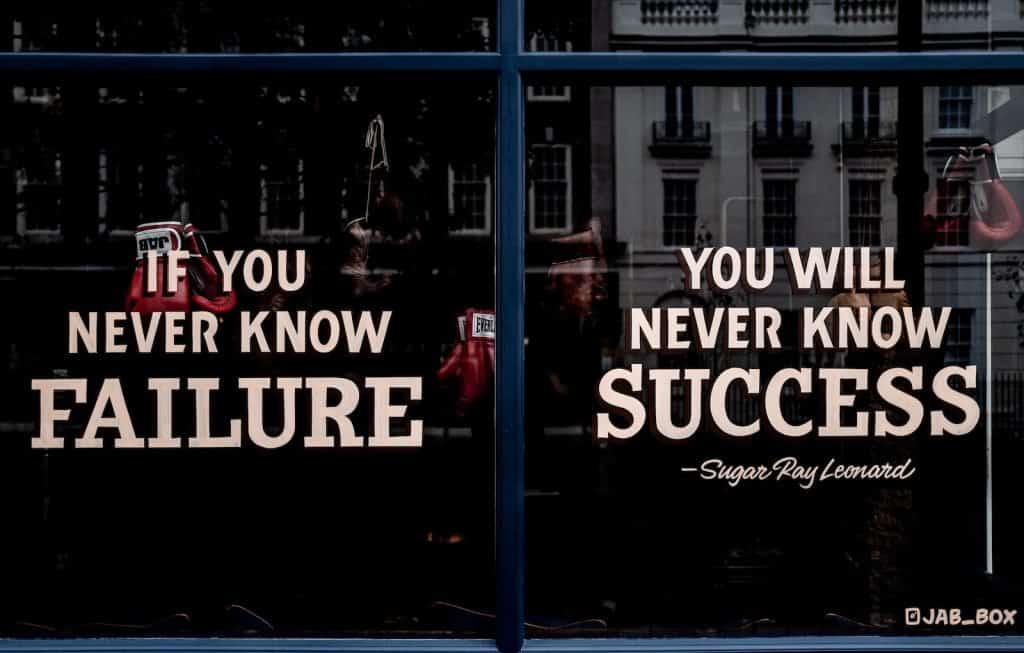Understanding Productized Services: A Comprehensive Guide for Freelancers and Solopreneurs to Scale
The reality of a service business is often far from the dream that initiated it. In the blink of an eye, you’re no longer growing a business, but merely selling time for money.

Turning Skill into Business: The Initial Leap into Entrepreneurship
“Starting a company is like throwing yourself off the cliff and assembling an airplane on the way down.“
Reid Hoffman
You’ve always been good at something, a skill, a craft, a passion that sets your spirit ablaze. One day, it strikes you – this is more than a hobby or a job, it’s a business waiting to bloom.

Driven by this realization, you gather the courage to do what many only dream of.
You quit your job.
The rush of liberation is intoxicating, the possibilities stretching out before you feel limitless. You’re emboldened, thrilled at the prospect of shaping your own future.
Finally, you are free to do what you love, on your terms.
It feels like the beginning of a remarkable journey.
Dream That Spiral Into Nightmare

A dream to do what you love, to have the flexibility of being your own boss, to shape your destiny and experience the joy of creating value directly for clients. This dream is powerful, and yet, as I’ve discovered first-hand, without a proper strategy it can quickly spiral into a nightmare.
You Work More, Get Paid Less & Have More “Superiors” to Answer to
The reality of a service business is often far from the dream that initiated it. The initial enthusiasm can be consumed by the demands of endless customised services. You find yourself burning the midnight oil, chasing deadlines for your clients, each with their unique requirements and each taking up a significant amount of your time and energy.
You are selling time for money (just like employee without corporate benefits)
In the blink of an eye, you’re no longer growing a business, but merely selling time for money. You realise that you’re caught in a vicious cycle, always busy yet barely growing, forever servicing clients but never servicing your dream.
Instead of a better life, you find yourself teetering on the edge of burnout. You might even discover that your earnings as a budding entrepreneur are lesser than what you could have made in your full-time job.
The dream that felt so right seems to have led you astray, and you begin to wonder if there’s a way to rectify the course.
The good news is, there is. I’ve been there, and I’ve found a way out.
The answer lies in a transformative shift in your mindset and approach: productizing your service. This single change has the power to turn things around, to move you from barely surviving to truly thriving.
Mindset Shift: Productized Services
Productized services are essentially standardized service offerings sold much like products, with a set price and a clearly defined scope.
From a client’s viewpoint, a productized service is an appealing “done-for-you” solution that solves a specific problem at a fixed cost.
From an entrepreneur’s perspective, a productized service is a systematic and scalable business model that operates smoothly, irrespective of the level of their direct involvement.
Key Differences Between Traditional and Productized Services
Productized services stand apart from traditional service models due to their inherent predictability and standardization.
Unlike freelancing or consultancy where every project is customized, productized services cater to a specific type of client, solving a recurring business problem through a repeatable process.
The pricing is standardized, often presented as ready-made packages, eliminating the need for complicated proposals. The fixed price and pre-packaged scope of work provide assurance to clients about what they will receive, fostering a smoother and more enjoyable client experience.
Example of Productized Services Vs Traditional Services
Let’s look at how service providers in various fields can transform their offerings into productized services.
Baker:
Traditional Service: A baker who specializes in creating custom cakes would typically charge per order, with the cost depending on the complexity of design, size, and chosen flavors. This can lead to an unpredictable work schedule and inconsistent income.
Productized Service: To productize, the baker could offer a line of signature cakes with fixed sizes and designs, allowing clients to customize only certain elements such as flavor or inscriptions. For instance, they could offer a “Birthday Bundle” which includes a choice of a pre-designed cake, a personalized message, and delivery. This would allow the baker to standardize their baking and design process, making their workload more predictable and their income steadier.
Photographer:
Traditional Service: A photographer might charge per event, adjusting their rates based on the length of the event, the location, and the number of photographs requested.
Productized Service: To productize, a photographer could create fixed-price photography packages. For example, a “Wedding Photography Package” could include 8 hours of coverage, a set number of edited images, and an album. This would allow the photographer to manage their time better, offer a clear pricing structure to clients, and potentially book multiple events at the same time.

Speaking from Experience
I was once a successful children birthday party photographer for about 2-3 years when I was pursuing my Masters. I only provide children birthday photography. Focusing on a niche allow me to systemize and productize my services. I became so good at it, endless clients were pouring in on daily basis.
Designer:
Traditional Service: A graphic designer usually charges per project, with the cost varying based on the complexity of the design, the number of revisions, and the deadline.
Productized Service: Instead, a designer could offer a “Branding Package” which includes a logo design, business card design, and a style guide for a fixed price. By specifying the number of revisions and setting a standardized timeline, the designer can control their workload, provide clear expectations to the clients, and maintain consistent income.
Benefits of Productized Service #1 – You do not have to figure out how to quote or service an unique requirement
One of the key advantages of productized services is that it eliminates the need for customized quotations. In traditional service models, every client request involves a new quote, taking into account unique requirements, resources needed, and the scope of work. This process can be complex, time-consuming and mentally draining.

Hello Expert! Can you do this for me?
Hey Client!Thank you for your enquiry. However I only offer a few specialised services. I believe in focusing so I am able to provide the best value for my clients.
However, when you productize your service, you essentially standardize your offerings. You already have a fixed scope of work and pricing, reducing time spent on assessing and negotiating individual projects.
This not only simplifies your business operations but also frees up mental bandwidth for you to focus on enhancing your service, strategizing growth or taking some much-needed personal time. In addition, a clear and predictable pricing structure fosters customer understanding and trust, potentially boosting client conversion and retention rates.
Benefits of Productized Service #2 – You are able to do time blocking and manage your time effectively

A major benefit of productized services is improved time management, particularly through a technique known as time blocking. In a traditional service model, fluctuating project scopes can create chaotic schedules, leading to missed deadlines and long work hours.
With productized services, however, the scope and delivery timelines are standardized, enabling you to allocate specific time slots for each task. For instance, if you’re a designer with a “Logo Design” service that takes a week, you can precisely plan how many projects you can handle.
This strategy leads to consistent productivity, reduced stress, and a healthier work-life balance. Plus, it can also enhance your clients’ trust in your professionalism and reliability by demonstrating your time efficiency.
Benefits of Productized Services #3 – You are able to Systemize, Train and Scale
With productized services, the benefits of systemization, scalability, and ease of training become evident. For instance, let’s take the example of a photographer.
Traditionally, a photographer might offer bespoke shoots for each client. This would mean each project has unique requirements, making it hard to systemize or scale the service.
However, if the photographer transitions to a productized service model – say, a “2-hour outdoor photoshoot package” with a set number of edited photos – they can streamline the process. They know exactly what each photoshoot entails, allowing them to break down the service into distinct blocks such as equipment setup, actual shooting time, and post-processing.
This enables systemization. The photographer can create a standard operating procedure for each block, making it easier to maintain consistency and quality in the service.
Moreover, it simplifies training. New team members can be trained on each block of the process, helping them understand the workflow better and ensuring they’re able to deliver the service effectively.
Finally, this clear, systemized process is crucial for scalability. The photographer can bring on additional team members to manage more shoots, secure in the knowledge that the standard operating procedures will ensure the quality and consistency of the service, no matter who’s behind the camera.
Thus, by turning a service into a product, the photographer can make their business easier to manage, more scalable, and better prepared for growth.
4 Simple Steps for Creating a Productized Service Business
Transitioning to a productized service model can seem daunting, but the process can be broken down into manageable steps. Here’s a simplified four-step guide to help you start your journey:
- Pick Your Battle: The first step is to determine which services to productize. Look at your skills, consider your target market’s needs, and choose services that you can standardize and deliver consistently. Consider services that you’re passionate about and that also have good market demand.
- Learn to Say No, Say No, Say No: It might be tempting to cater to every client’s unique requirements, but this can undermine your productized service model. Once you’ve defined your productized offerings, be prepared to politely decline requests that fall outside of these offerings. Remember, your goal is to streamline your business, and accepting varied requirements can complicate this process.
- Systemize and Document Your Processes: Now that you’ve chosen your offerings, break down each service into smaller, manageable steps. Create clear, comprehensive documentation for each of these steps. This will serve as your playbook, ensuring consistent quality in your service delivery and making it easier to train new team members.
- Hire and Automate: With your processes clearly outlined, you can now begin hiring team members to handle different parts of your service. You might also consider automating certain aspects of your service with software tools, where applicable. The goal is to gradually remove yourself from the day-to-day operations, enabling you to focus on the bigger picture of growing your business.
The Imperative Shift to Productized Services

Creating a successful and sustainable service business is more than just offering quality services – it’s about how efficiently and consistently you can deliver those services. This is where productizing your service business becomes crucial.
Living in a competitive society like Singapore, the service industry is competitive and demanding. Continually offering bespoke, high-end services may seem appealing initially, but it could lead to burnout over time. To continue thriving in this industry without overextending yourself, productization is not just an option – it’s a necessity.
In a productized model, learning to say ‘no’ to tasks that fall outside your offerings is crucial. While it might initially be difficult to turn down requests, remember that this is key to maintaining a streamlined and efficient business model.
This isn’t to suggest that custom services can’t be profitable. They certainly can. However, the goal here is to achieve a balance – to make money while preserving your well-being. Productized services allow you to do just that. They enable you to create a business that provides consistent value to your customers, scales effectively, and maintains your sanity.
As you embark on this journey of productizing your services, remember that the path might be challenging, but the rewards – both financial and personal – are well worth it. Embrace the process, learn from the experience, and watch as your service business transforms and thrives.
Explore More Content
Table of Content

